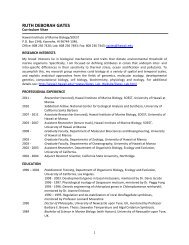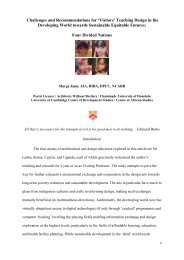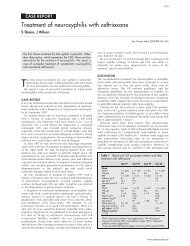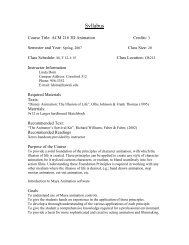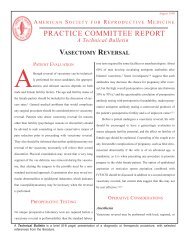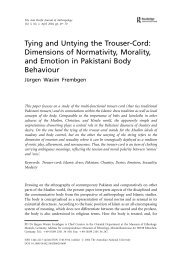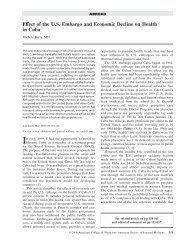EFFECT OF REDUCED FORMS ON ESL LEARNERS' INPUT ...
EFFECT OF REDUCED FORMS ON ESL LEARNERS' INPUT ...
EFFECT OF REDUCED FORMS ON ESL LEARNERS' INPUT ...
You also want an ePaper? Increase the reach of your titles
YUMPU automatically turns print PDFs into web optimized ePapers that Google loves.
Ito – Effect of Reduced Forms on Input-Intake Process 102<br />
interlanguage system and is thus processed language. Recognizing flaws in both views,<br />
Kumaravadivelu redefines the concept of intake as follows: “an abstract entity of learner<br />
language that has been fully or partially processed by learners, and fully or partially<br />
assimilated into their developing system” (p. 37). He diagrams the relationships among<br />
input, intake, and output, as shown in Figure 1.<br />
OUTPUT<br />
INTAKE<br />
<strong>INPUT</strong><br />
Figure 1. The relationships among input, intake, and output in a quantitative view (from<br />
Kumaravadivelu, 1994)<br />
SLA researchers have postulated various factors which influence the input-intake<br />
process, in other words, factors that determine which input becomes intake. For<br />
example, Kumaravadivelu (1994) suggests the following learner-internal and learnerexternal<br />
factors as intake factors:<br />
Individual factors: Age and Anxiety<br />
Negotiation factors: Interaction and Interpretation<br />
Tactical factors: Learning Strategies and Communication Strategies<br />
Affective factors: Attitudes and Motivation<br />
Knowledge factors: Language Knowledge and Metalanguage Knowledge<br />
Environmental factors: Social Context and Educational Context (p. 39)<br />
It is generally agreed that comprehensible input is necessary (but not sufficient) for<br />
SLA to occur. Comprehensibility of input is determined not only by some of the factors<br />
listed above, but also by linguistic factors such as language complexity, frequency, and<br />
perceptual saliency. Several researchers have suggested that “perceptual saliency makes<br />
certain features of the input more comprehensible and thus more liable to become intake”<br />
(Henrichsen, 1984, p. 106). Hakuta (1976) recognizes perceptual saliency as one of the<br />
factors determining which forms are acquired. However, perceptual saliency is largely<br />
affected by the presence of reduced forms: When reduced forms are present, perceptual



